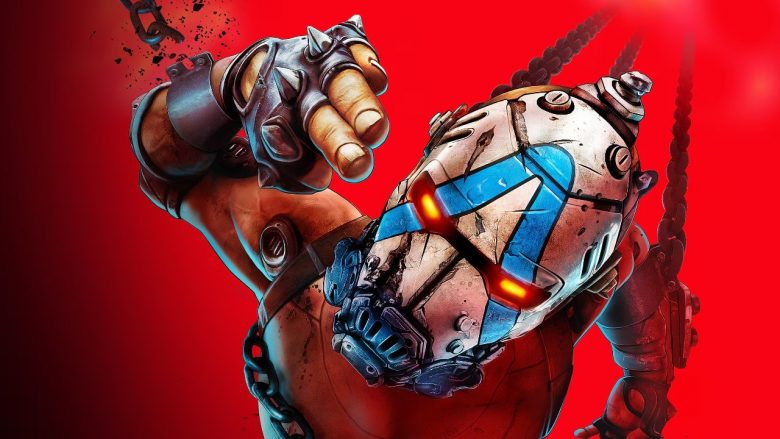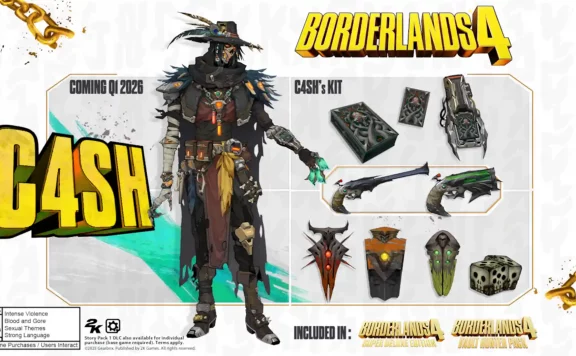At the risk of repeating the observations in my Borderlands 4 preview, I’ll start this review by simply stating that Gearbox’s latest sci-fi caper is pretty damn big. But its impressive size isn’t simply a question of volume. I mean, yes, the world of Kairos is massive, split in accordance with video game law into three distinct biomes, but it’s also about mass. There is so much packed in here that even after I’d been playing for 15-20 hours I was unlocking new things to find. You don’t even unlock all your equipment slots until you hit level 20.
Like all games of this scale, Borderlands 4 occasionally threatens to break its banks, struggling with tiny bugs and glitches, and noticeable framerate stuttering that no amount of fiddling with the graphical settings would alleviate. And yet, compared to previous Borderlands games at launch, 4 is remarkably stable for 90% of the time.
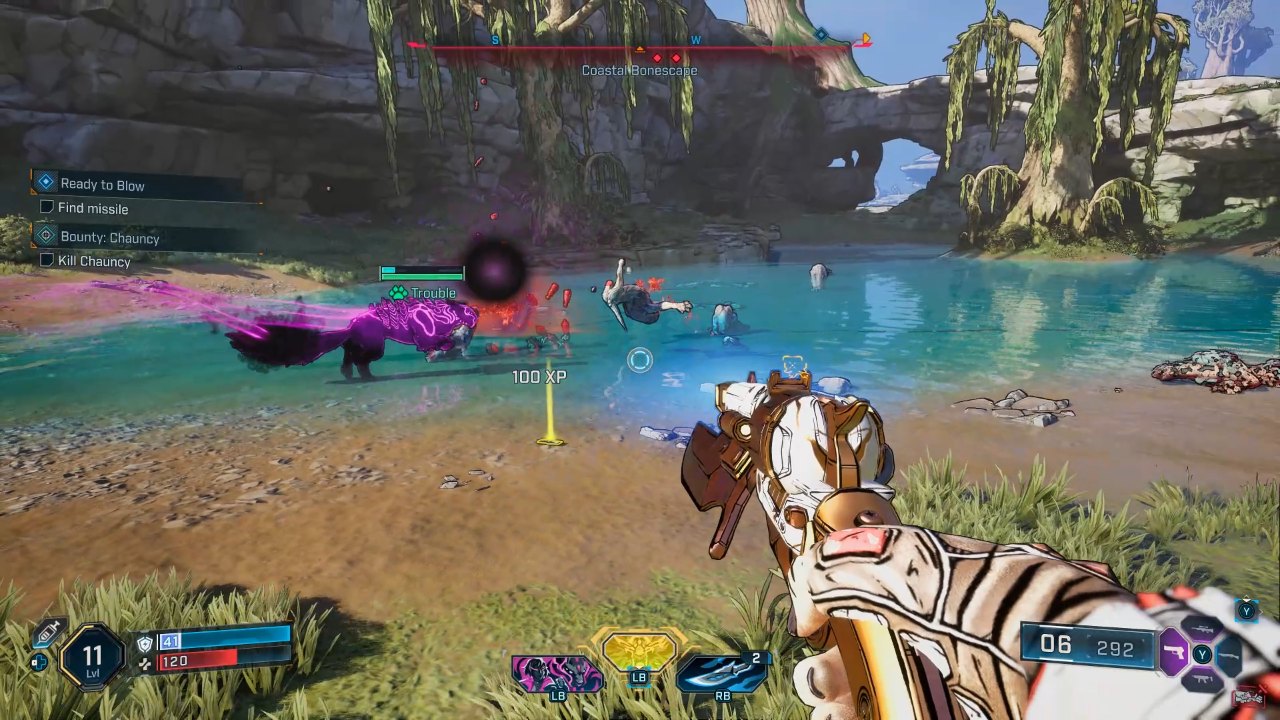
As is customary for the franchise this instalment goes from 0 to 60 in about four seconds and then just kind of stays there, only easing off when you choose to abandon whatever it is you’re doing in search of other things to be doing instead. Functionally, Kairos might just as well be Pandora; same little communities of nutters to mow through, same haphazardly-placed monster caves everywhere – there’s even a convenient megalomaniac for you to overthrow with the help of a plucky resistance movement just in case you forget which series you’ve blundered into.
Here, the central conceit is that although the Timekeeper is very evil and of seemingly singular purpose (he wants to enslave everyone with spine-mounted, space-magic control bolts, of course), the scattered resistance are too busy fighting him on multiple fronts to come together into a cohesive army. Which is where you come in, and it’s a refreshingly simple premise. Borderlands 3 was enjoyable enough, but the story was garbled nonsense and the lead baddies hit the peak (or trough, maybe) of Borderlands villains, spewing inane, obnoxious bullshit like hyped-up content creators in an attempt to capture some of the charisma of previous antagonist Handsome Jack. They failed quite miserably, and the game felt way less likeable as a result.
Borderlands 4 course-corrects, reducing the presence of rambling nonsense-spewers like Claptrap and replacing them with interesting characters. I say “interesting” but, while some of them undoubtedly have layers, there’s still a few fairly stock Borderlands-y archetypes in here: the self-sacrificing resistance leader, the highly-intelligent, sarcastic mentor, etc. But there are also fun characters that feed directly into the scores of side-quests.
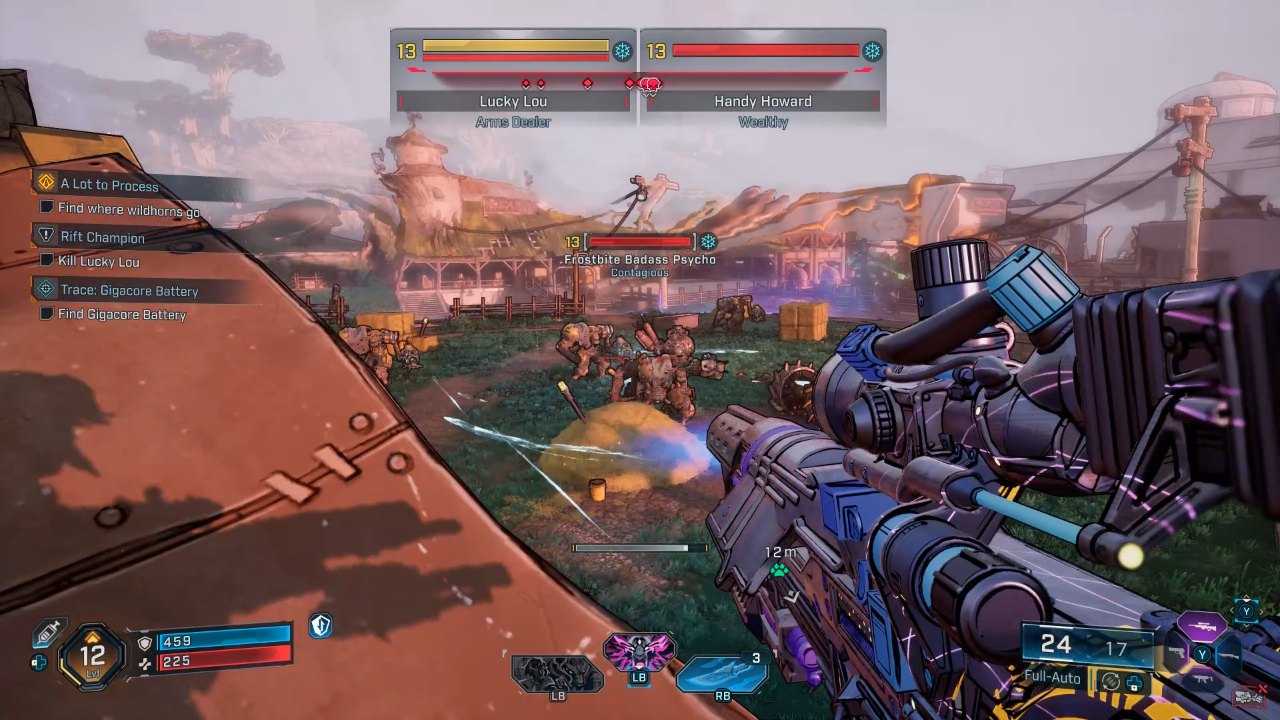
While attempting to unite the disparate warriors of Kairos, you’ll stumble upon tons of things to do from finding collectibles and special gun shrines, to taking on wandering bosses that turn up in their own bubbles and bugger off if you step outside of it. Some of these take the form of bounties for named enemies, or multi-stage side quests. A few of note include helping a really likeable gang pull off a heist with an unexpected reward (for them, I mean; you just get more guns, of course), and allowing a sentient missile to realise her dream of exploding. You could argue it’s just on-brand wackiness, but Borderlands 4 recaptures the heart of the franchise in a number of ways.
You see a lot of your Vault Hunter, too, as you take part in cutscenes as a character not just as an observer, and will form brief attachments with whoever you’re helping for a given number of story missions. The repeated sound bites will get a little tedious after a while, but there’s plenty of them, and most are drowned-out by explosions and gunfire. The story does go to some cool places too, reintroducing some friends from previous instalments, including a couple of fan-favourites that the series just wouldn’t feel the same without. It walks the line between using nostalgic call-backs and delivering something that feels very new in places.
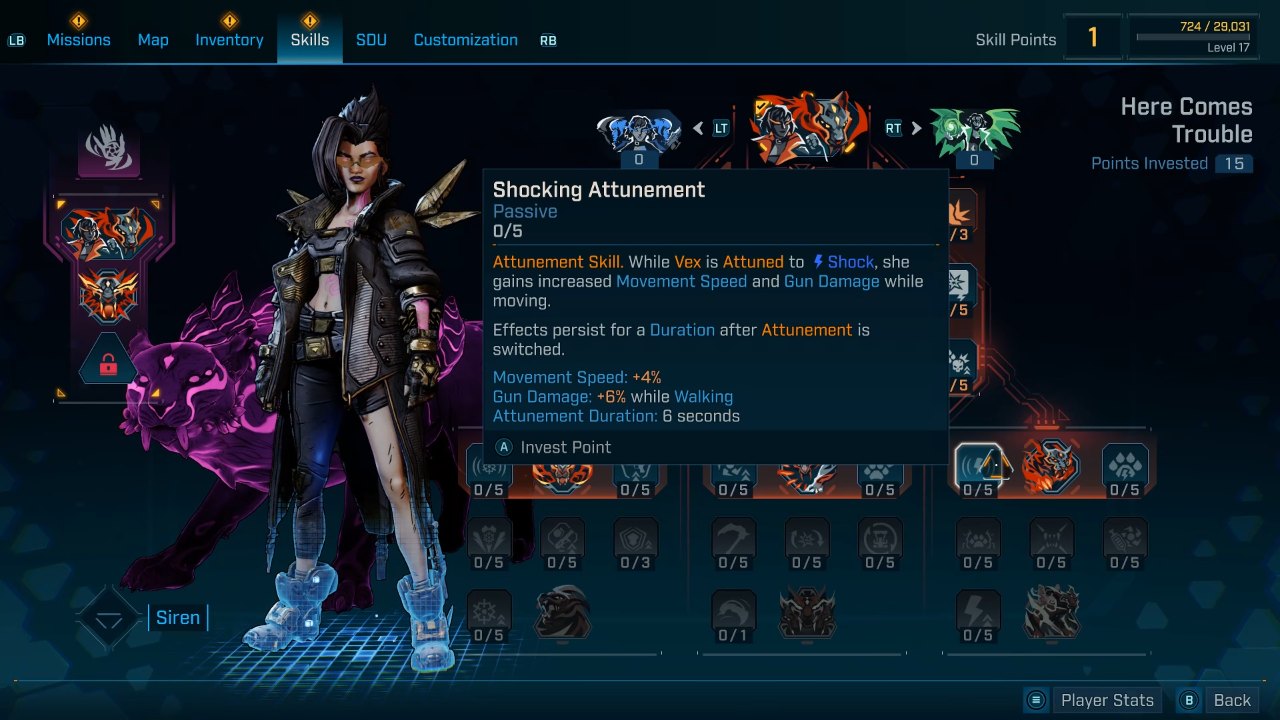
Of course, that’s not to say it’s not somewhat formulaic. This is, after all, a game about liberating open world zones by killing enough medium sized bosses to coax out the bigger boss, and eventually earn the right to fight the biggest Boss, before spending the rest of measurable eternity mopping up content and grinding gear in the endgame. The difference is that this is the first time since Borderlands 2 that Gearbox have dropped all pretence and just given the fans exactly what they want.
A prime example of this is traversal. You’re barely in the door before Borderlands 4 slaps a grapple and a jet-glider on you, and movement feels somewhat Destiny-like, especially with your instant-summon hoverbike that controls exactly like one of Bungie’s Sparrows. Fast travel is facilitated by capturing outposts called Silos, or liberating Safehouses, but is never all-encompassing enough to negate real-time travel, meaning you will always need to engage with the world to a certain extent, and can’t just open the map from wherever you are and jump to where you need to be. My only real complaint is that for some reason Gearbox took the decision to remove the mini-map, leaving me thumbing the menu button every few minutes to determine my route, because there’s no onscreen GPS and the mission marker would rather give you a vague direction than a clear route. But that’s a minor issue in a world so filled with stuff to wander into.
Also, this being Borderlands, everywhere you go there will be things trying to kill you, from the Timekeeper’s minions to the usual Psychos and Rippers, to colourful wildlife that’s functionally the same as, but named differently to, the wildlife in previous games. The Vault Hunters all come with three quite distinct skill paths, which play very differently and can be re-specced for a price at any hub.
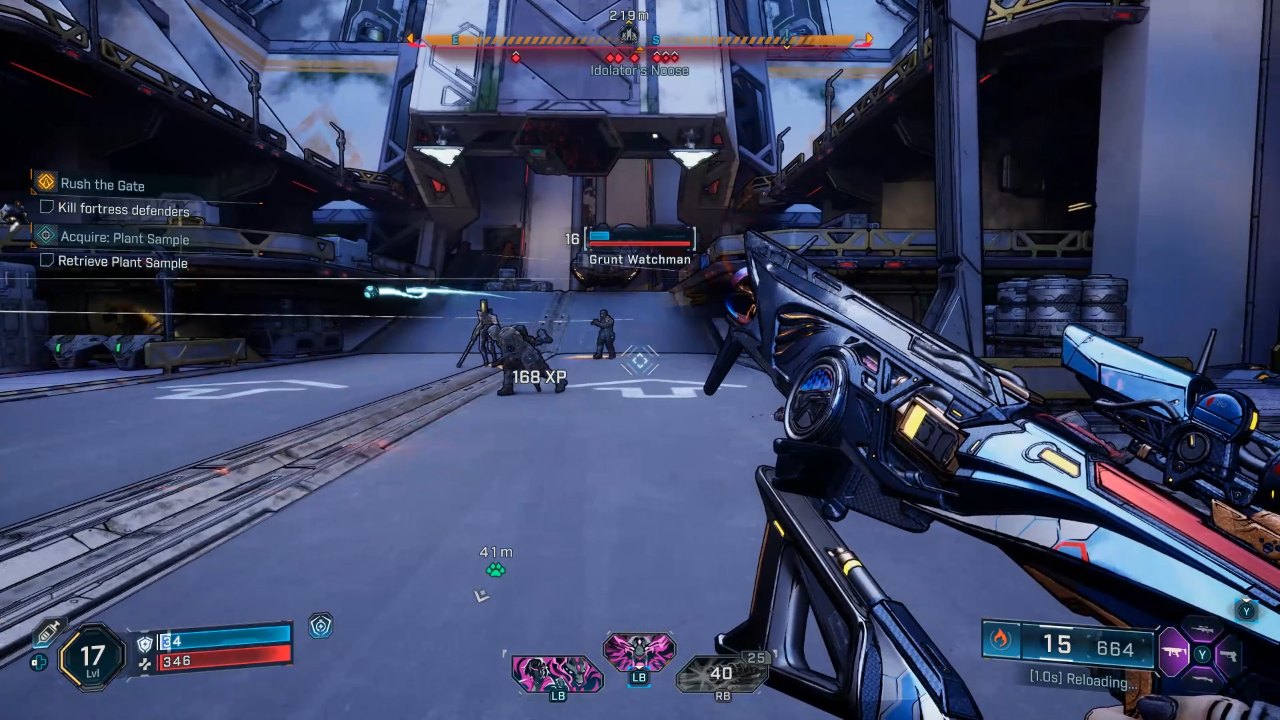
As new Siren, Vex, I played most often alongside my magical Void-cat, Trouble, who I could set on enemies, or cause to explode, draw threat, or just get really, really big and angry. But as I experimented, I also found use-cases for the other paths, one of which kind of super-powers Vex herself with giant wings and the ability to blast energy at everyone, and one that lets her summon up to three ghostly decoys armed with either guns or scythes. As the Kill Skills are different for each, you’re able to tailor your build to suit a certain playstyle, favouring all-out dps, survivability, skill-spam, or speed – a mixture of any or all of these elements.
The other three Vault Hunters seem just impressive, though I’ve only dabbled with them. Gravitar, Harlowe deals gravity-based damage and has skills that buff her and her allies; space Ninja Rafa looks like a Destiny 2 Hunter and wields energy blades, and muscle-head Amon is a “Forgeknight”, fighting with two elementally-charged battle-axes. There’s a massive amount of build diversity, which only gets more varied as you rise in XP level.
Guns, quite unsurprisingly, play a massive part in this. Borderlands 4 more than lives up to its title as the Lord of Looter Shooters, and throws guns at you like very heavy confetti. Killing a boss or a Badass enemy triggers a little fountain of colour-coded gear, including health injectors, Class Mods, combat enhancers, grenades (which share a slot with heavy ordnance like rocket launchers, miniguns and chain-lightning dispensers), and energy shields. Every one of these comes with a number of randomly rolled effects and stats, as does every gun that drops.
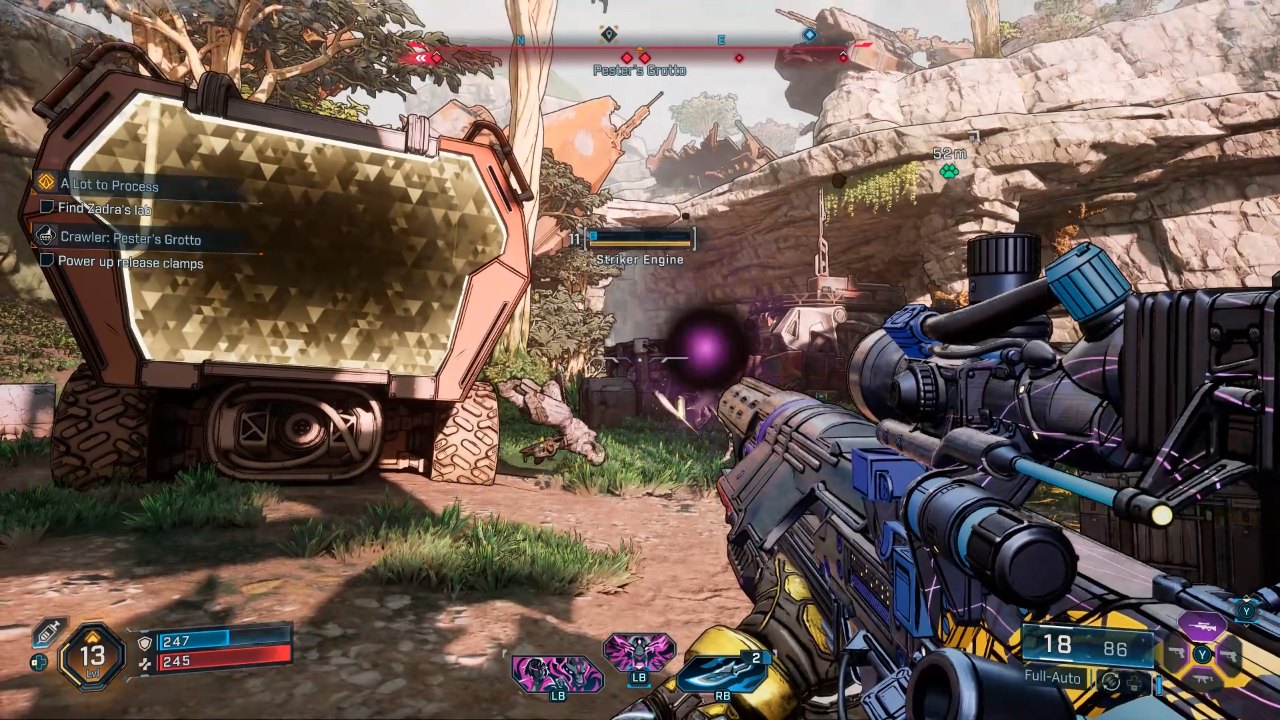
My favourite early weapon in Borderlands 4 was a sniper rifle with an underslung shotgun, but because almost every gun comes with an alternate mode, I also fell in love with a pistol that fires sticky rockets, a shotgun that charges up a 180-degree energy blast, and an SMG with a sniper mode. It’s quite impossible to farm a specific weapon, although each manufacturer has certain attachments and features that are more likely to roll on their weapons.
In multiplayer, you can freely explore the host’s world, enjoying persistent side-quest progress, or engaging in repeatable boss fights for showers of loot. The build options are so diverse that even if you all roll the same characters, you likely won’t play them in the exact same way – at least not until someone determines a “meta” and drains all the fun out of it.
Which is actually quite a difficult thing to imagine, because Borderlands 4 is designed thoroughly with fun in mind. It doesn’t play like a greatest hits compilation of what has come before, but rather as an evolution of the series, albeit a fairly obvious one. It’s a game built on the foundation of picking a direction to travel in and dealing with whatever you stumble into, often violently. With so much loot to find, so much class variety, so many enemies, quests, world events, and secrets, soloists will have as much fun as any group of mates blasting across Kairos together. Most importantly, Gearbox seems to have learned the right lessons from Borderlands 3 and Tiny Tina’s Wonderlands to recapture some of that essential Borderlands magic.
